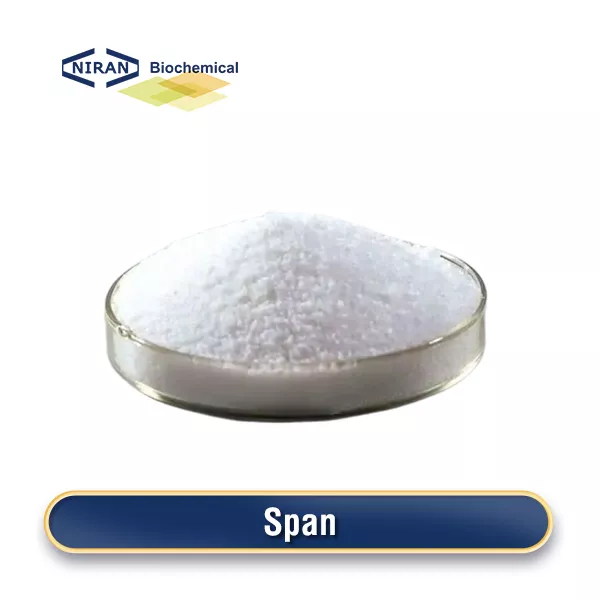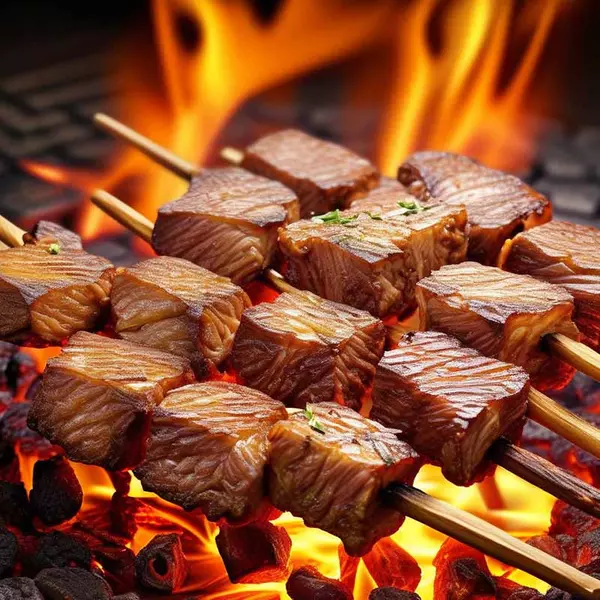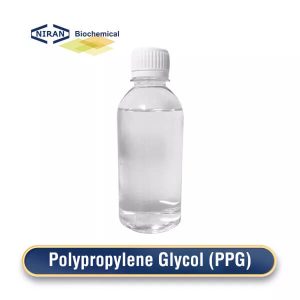What is Span?
Span is a white crystalline powder, mainly used for emulsification, thickening and stabilization in food. It has excellent emulsification properties and chemical stability, and can effectively prevent stratification, improve texture and extend shelf life in a variety of food formulas. As a food-grade surfactant, Span meets safety standards, is harmless to the human body, and is widely used in various food processing.
There are mainly the following methods for preparing food-grade span in China:
- Sorbitol and corresponding fatty acids (such as oleic acid, palmitic acid, etc.) are usually used as raw materials, and esterification reactions are carried out under catalysts and high temperature environments to form polysorbates.Unreacted raw materials and by-products are then removed by distillation, filtration or other separation techniques to obtain food-grade span products with higher purity. It is the leading preparation process in China.
- Use fatty acids and sorbitol to undergo esterification reactions under the action of catalysts to generate span, and then remove unreacted raw materials and by-products, and further refine the product to meet food-grade standards.
Related parameters:
| ITEMS | STANDARD |
| Acid Value (mgKOH/g) | ≤8 |
| Saponification Value (mgKOH/g) | 140~160 |
| Hydroxyl Value (mgKOH/g) | 190~220 |
| Water% | ≤1.5 |
Recommended dosage:
| Food name | Maximum usage(g/kg) |
| Fruit juice drinks | 0.5 – 1.5 g/kg |
| Dairy products | 0.5 – 1.0 g/kg |
| Chocolate products | 1.0 – 2.0 g/kg |
| Cheese | 0.5 – 1.0 g/kg |
| Canned food | 0.5 – 1.0 g/kg |
| Jams and jellies | 1.0 – 2.0 g/kg |
| Sauces | 1.0 – 2.0 g/kg |
| Salad dressings | 1.0 – 2.0 g/kg |
| Bread and bakery products | 0.5 – 1.0 g/kg |
| Freeze-dried foods | 0.5 – 1.0 g/kg |
| Meat products | 0.5 – 1.0 g/kg |
| High protein drinks | 1.0 – 2.0 g/kg |
Span has a wide range of uses
- Emulsification: A stable emulsion is formed by their assistance in combining the oil and water phases. They reduce the interfacial tension between liquids, allowing two incompatible liquids (such as oil and water) to mix evenly.
- Thickening and stabilization: Food-grade span can be used as a thickener to improve the texture and consistency of food, while stabilizing suspended matter or foam in food.
- Dispersion: Food-grade span helps disperse solid particles in liquids to prevent particles from settling or agglomerating.
- Improve taste: By changing the texture and consistency of food, food-grade span can improve the taste and smoothness of food.
User asked question:
Q: What is the difference between food-grade span-60 and food-grade span-80?
A: The chemical structure and performance of span-60 and span-80 are significantly different for food grade applications. Span-60 is mainly composed of polysorbate monopalmitate, has a higher melting point, and is suitable for emulsification and stabilization in high-temperature environments, such as dairy products and baked goods. It exhibits excellent emulsification stability at high temperatures.
Relatively speaking, span-80 is composed of polysorbate monooleate, has a lower melting point, and is suitable for emulsification and stabilization in low-temperature environments, such as ice cream and salad dressings. Its fluidity and emulsification properties at low temperatures are superior, and it is suitable for use under freezing and refrigeration conditions.




-300x300.webp)
-300x300.webp)